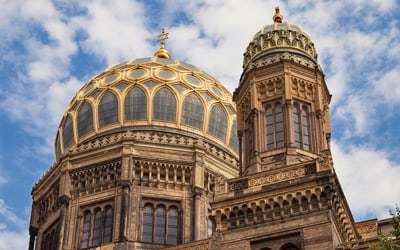
Small-Group Half-Day Guided Jewish Berlin History Walking Tour
3 h
Piccoli gruppi
Con guida
Mezza giornata
A piedi
Conferma immediata
Da sapere su questa attività
Your walk begins at the remaining foundations of the so-called Old Synagogue, where your guide, a Jewish Studies scholar, helps you to grasp the challenges faced by German Jews during the middle ages and renaissance and to appreciate the rich cultural life developed by Berlin’s Jewish community in spite of their vulnerable status. Although the Jewish experience in Berlin began in the 13th century, intolerance was so entrenched that it took hundreds of years, until 1714, before Berlin’s first synagogue was erected in Heidereutgasse.
Taking in the graceful avenue Oranienburger Straße, where the magnificent New Synagoge was erected in 1866, you learn not only of the conflicts between German Jews and Non-Jews but of tensions between the mostly assimilated German Jewry and the so-called Eastern Jews (‘Ostjuden’) who filled Berlin in the 1920s after fleeing anti-Jewish violence in their homelands.
Examine visual material such as photographs from Jewish street vendors and old newspapers, and consider how Jewish life in Berlin became far more visible in the 1920s. For precisely this reason, the established German Jewish community often regarded the influx of Eastern Jews as potentially dangerous for their own status within German society. Stop at an example of this philanthropy, the former Jewish orphanage in Auguststraße, which today is home to an exhibit hall and a coffee shop. (If the current exhibition is dealing with a topic related to our tour, a visit of the exhibition should be taken into consideration.). The Jewish Cemetery on Große Hamburger Straße also gives a vivid impression of Berlin’s Jewish presence.
In front of the former Labor Office in Gormannstraße, we talk about the so-called Scheunenviertel Pogrom. By 1933, the ‘Barn Quarter’ became one of the first settings of the Nazis’ political purges in the capital city. We discuss the series of sinister events that lead to full implementation of Hitler’s “Final Solution” in Berlin while visiting sites that recall the Holocaust, such as the Missing House graphic, which lists the names of former Jewish residents and the Abandoned Room at Koppenplatz, which memorializes the Jews taken on the November 1938 Kristallnacht, and some of the city’s 1,400 Stolpersteine (stumbling cobblestones), reminders of the Shoah’s victims.
Before leaving the ‘Barn Quarter,’ we visit the kosher coffee shop ‘Beth-Café’ to consider the renewal of Berlin’s Jewish life today. Our last stop is the New Synagoge, the architecture of which symbolized and celebrated Jewish assimilation in Germany. It is thus one of the most moving sites on our walk. Today it is home to the Jewish community reviving in Berlin, and moreover houses a gallery with changing exhibitions that you may wish to visit in conclusion.
Scopri di più
Mostra di meno
Taking in the graceful avenue Oranienburger Straße, where the magnificent New Synagoge was erected in 1866, you learn not only of the conflicts between German Jews and Non-Jews but of tensions between the mostly assimilated German Jewry and the so-called Eastern Jews (‘Ostjuden’) who filled Berlin in the 1920s after fleeing anti-Jewish violence in their homelands.
Examine visual material such as photographs from Jewish street vendors and old newspapers, and consider how Jewish life in Berlin became far more visible in the 1920s. For precisely this reason, the established German Jewish community often regarded the influx of Eastern Jews as potentially dangerous for their own status within German society. Stop at an example of this philanthropy, the former Jewish orphanage in Auguststraße, which today is home to an exhibit hall and a coffee shop. (If the current exhibition is dealing with a topic related to our tour, a visit of the exhibition should be taken into consideration.). The Jewish Cemetery on Große Hamburger Straße also gives a vivid impression of Berlin’s Jewish presence.
In front of the former Labor Office in Gormannstraße, we talk about the so-called Scheunenviertel Pogrom. By 1933, the ‘Barn Quarter’ became one of the first settings of the Nazis’ political purges in the capital city. We discuss the series of sinister events that lead to full implementation of Hitler’s “Final Solution” in Berlin while visiting sites that recall the Holocaust, such as the Missing House graphic, which lists the names of former Jewish residents and the Abandoned Room at Koppenplatz, which memorializes the Jews taken on the November 1938 Kristallnacht, and some of the city’s 1,400 Stolpersteine (stumbling cobblestones), reminders of the Shoah’s victims.
Before leaving the ‘Barn Quarter,’ we visit the kosher coffee shop ‘Beth-Café’ to consider the renewal of Berlin’s Jewish life today. Our last stop is the New Synagoge, the architecture of which symbolized and celebrated Jewish assimilation in Germany. It is thus one of the most moving sites on our walk. Today it is home to the Jewish community reviving in Berlin, and moreover houses a gallery with changing exhibitions that you may wish to visit in conclusion.
Incluso
- 3-hour tour of Berlin in the company of a Jewish Studies scholar
Non incluso
- Food and drinks
Extra
- Confirmation will be received at time of booking
- Your tour guides are professors, doctoral students, historians, journalists, art critics, and/or published authors.
Funzioni
Turismo
90%
Culturale
75%
Sport
25%
Potrebbe piacerti anche









 Vedi tutto 34 Collezioni
Vedi tutto 34 Collezioni
Clicca per scoprire altre esperienze
Vedi tutto
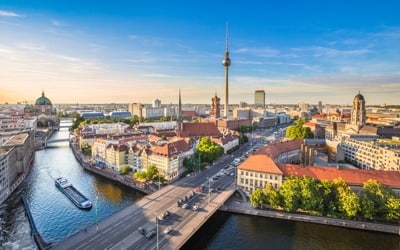
Collezioni
City tour
93 Attività
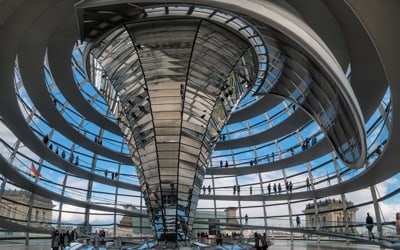
Collezioni
Reichstag and Glass Dome
12 Attività
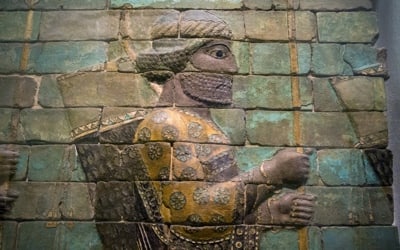
Collezioni
Pergamon Museum
6 Attività
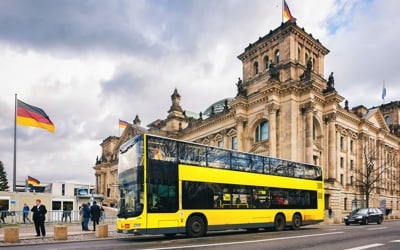
Collezioni
Bus tour
35 Attività
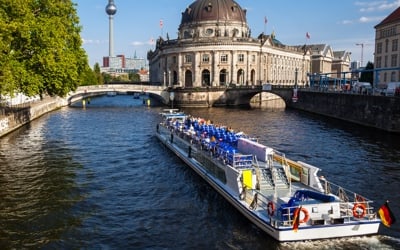
Collezioni
Boat
44 Attività
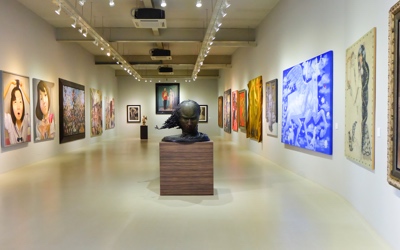
Collezioni
Museums
44 Attività
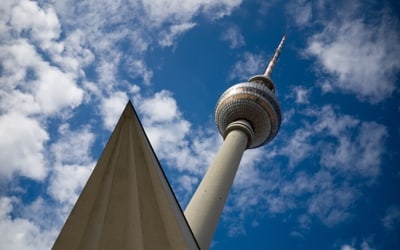
Collezioni
TV Tower
7 Attività
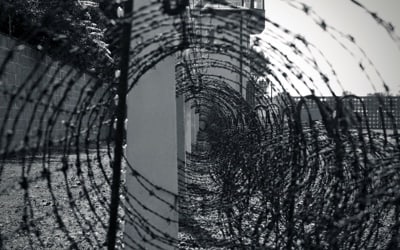
Collezioni
Sachsenhausen Concentration Camp
14 Attività

Collezioni
Bike
46 Attività

Collezioni
Gourmet
32 Attività


